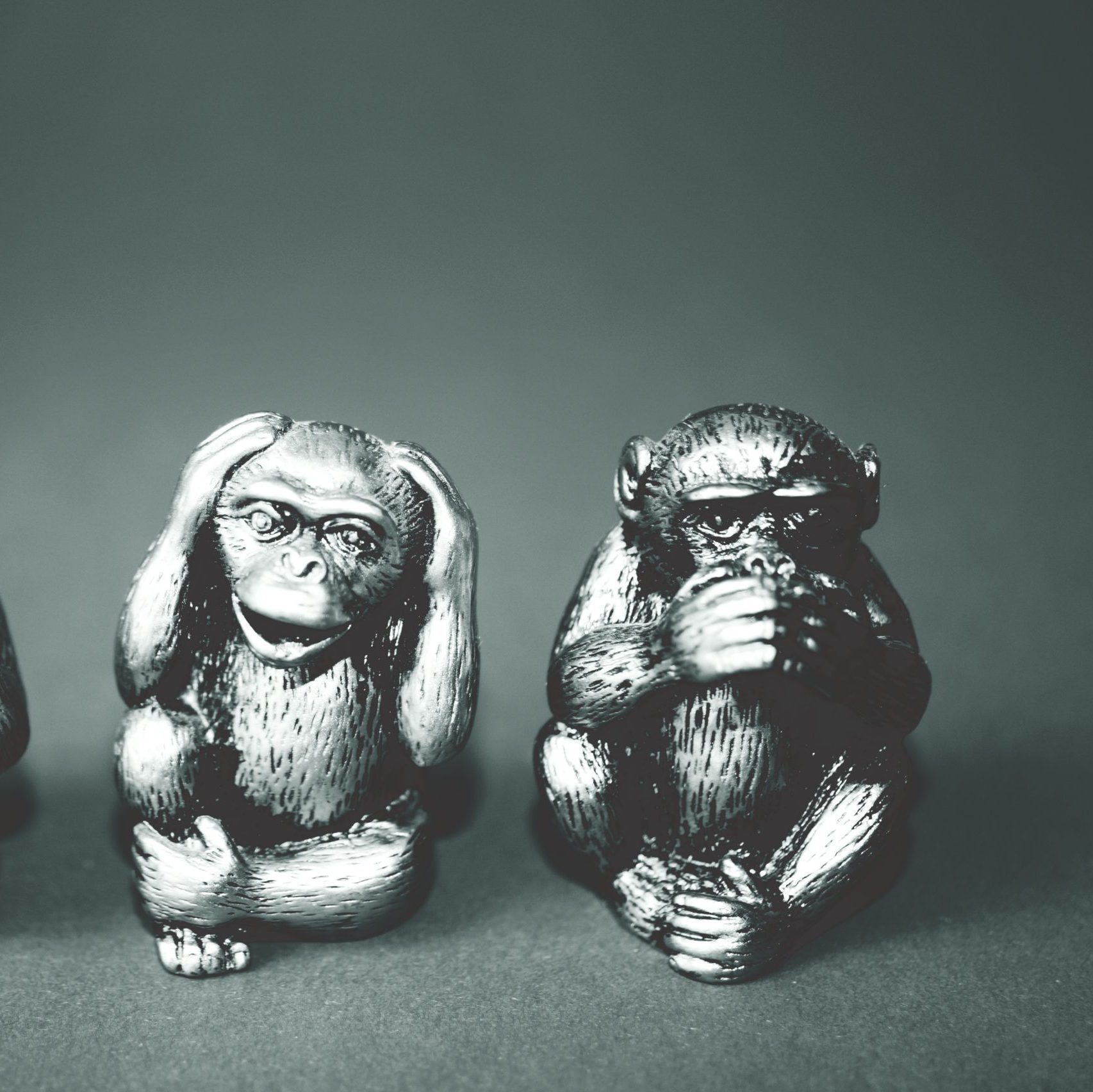So last week we discussed, briefly, the reason why our body reacts irrationally to different environment cues. We learned about the Amygdala, lovingly called the Lizard Brain, and how it operates off of association. This week we are going to learn about the other parts of the brain that are activated in our decision-making process.
So, we understand the Lizard Brain now it time to look at the next level up in our brain’s evolution, the Monkey Brain. This part of the brain works on providing direction to the signals that the Amygdala send out. We have a little bit more thought that is associated with this part of the brain, but no long-term planning. When we look at these two’s relationship, we can see that it operates quickly. Let’s use a benign example. Let’s say your hungry. Now at this time the Lizard brain sends out a signal that says “HUNGER!”, the Monkey brain then see’s a McDonalds and say, “Hey, let’s go there. They have food and we are hungry.” Notably, the Monkey Brain does not look at the need to eat and start wondering what the healthiest options are. It just looks for the quickest way to meet the need. That would require long-term planning, or being able to see the effects of choice over the course of time.
So, when we look at the decisions that we make we can see that a lot of times we do not look at the long-term effects of our actions. Many times, we react directly to an urge without a second thought. We are at the grocery store hungry and buy a whole bunch of things that we could eat right then and there, though we will only eat a little bit of it before we are full. Our Monkey Brain is in full control and is just grabbing anything that looks good because their Lizard friend is telling them their hungry. When we live like this we tend to fall into addictive behaviors.
While many people associate addiction with drugs and alcohol, the reality is that it can come in the form of almost anything. The primary mechanism that fuels addiction is the limbic system, or the reward center in the brain. Anything that produces a dopamine feedback loop, or makes us feel good or relaxes us, can be addictive. One of the most addictive chemicals known is actually processed sugars. Though it is in almost every American food product. This addiction, no matter what form it comes in, is continued because the monkey brain remembers that it felt good to do it. So, whenever the Lizard Brain sends out a signal to relax or to eat or to just feel better the Monkey Brain goes, “I know just the thing.” The worst part of this is that you can’t reason with the Monkey Brain. In fact, if you starve the Monkey Brain of what it wants it acts like an angry monkey does. You know, it throws Poo!
It doesn’t take much to think of how we have thrown poo at people in our lives because they tried to get in between what we thought we needed, even if it was ultimately harmful to us. Now luckily, we have evolved past just our Monkey Brain and so we are capable of more. Join me next week as we look at the Human Brain and how all three brains work together to guide us in our everyday lives.




Comments are closed